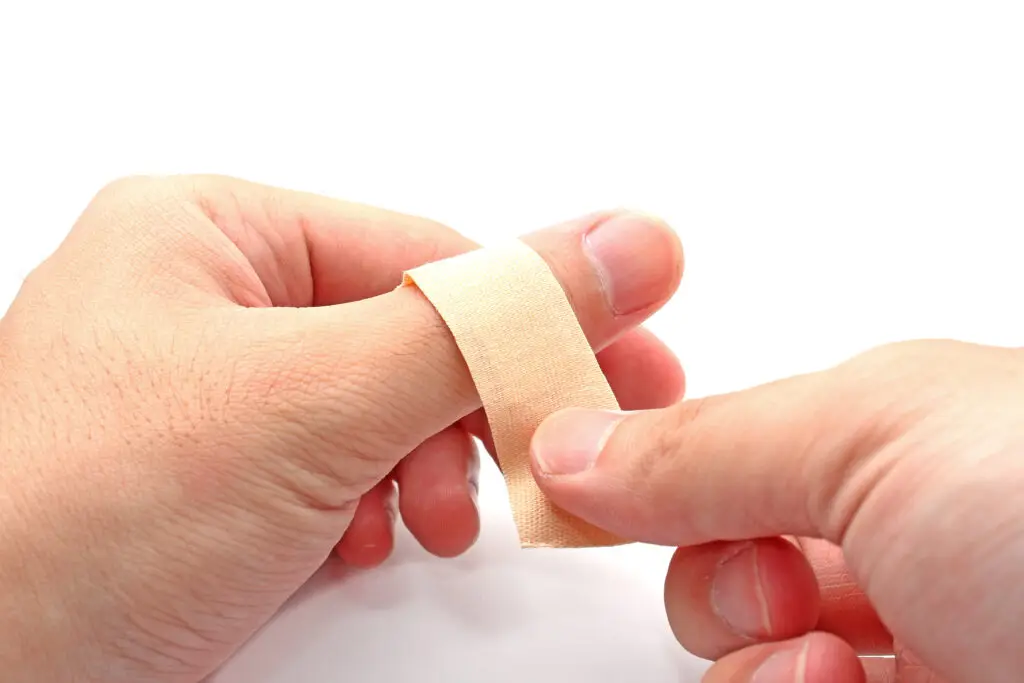Wound Care Treatment is the process of cleaning, protecting, and promoting the healing of injuries to the skin and underlying tissues. Proper wound care is essential to prevent infection, minimize scarring, and ensure that the wound heals as efficiently as possible. Wounds can range from superficial cuts and abrasions to more severe injuries like lacerations, burns, or surgical incisions.
The basic principles of wound care are cleaning, protecting, and promoting healing, apply to most wounds. However, more serious or chronic wounds may require specialized medical care. Always follow healthcare provider instructions and seek medical attention if you’re concerned about the wound or signs of infection.
Suturing helps the wound heal by keeping the edges of the wound together, reducing the risk of infection, and promoting faster healing. This procedure is commonly used for deep cuts, surgical incisions, or any wound that requires more than just simple bandaging.

Indications for Suturing
Sutures are typically used when:
- The wound is deep or wide and the edges cannot naturally come together.
- The wound is in an area where it would benefit from closure for functional reasons (e.g., joints, face).
- To prevent infection and minimize scarring.
- To control bleeding in certain wounds.
Types of Wounds Requiring Sutures
- Lacerations: Cuts that may go through the skin and deeper tissues.
- Incisions: Surgical cuts that need to be closed after a procedure.
- Puncture Wounds: Wounds that are deep but have a small entry point.
- Ruptured or Severed Tissues: Deep tears or cuts, such as a tendon or muscle rupture, that need to be stitched to promote healing.



